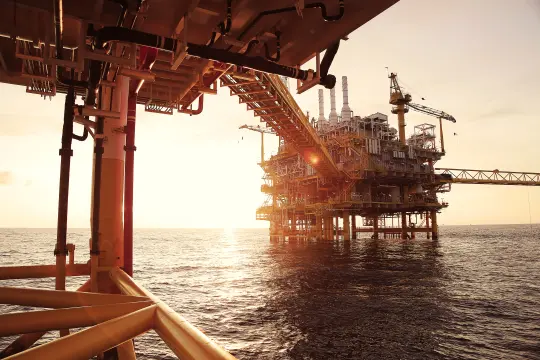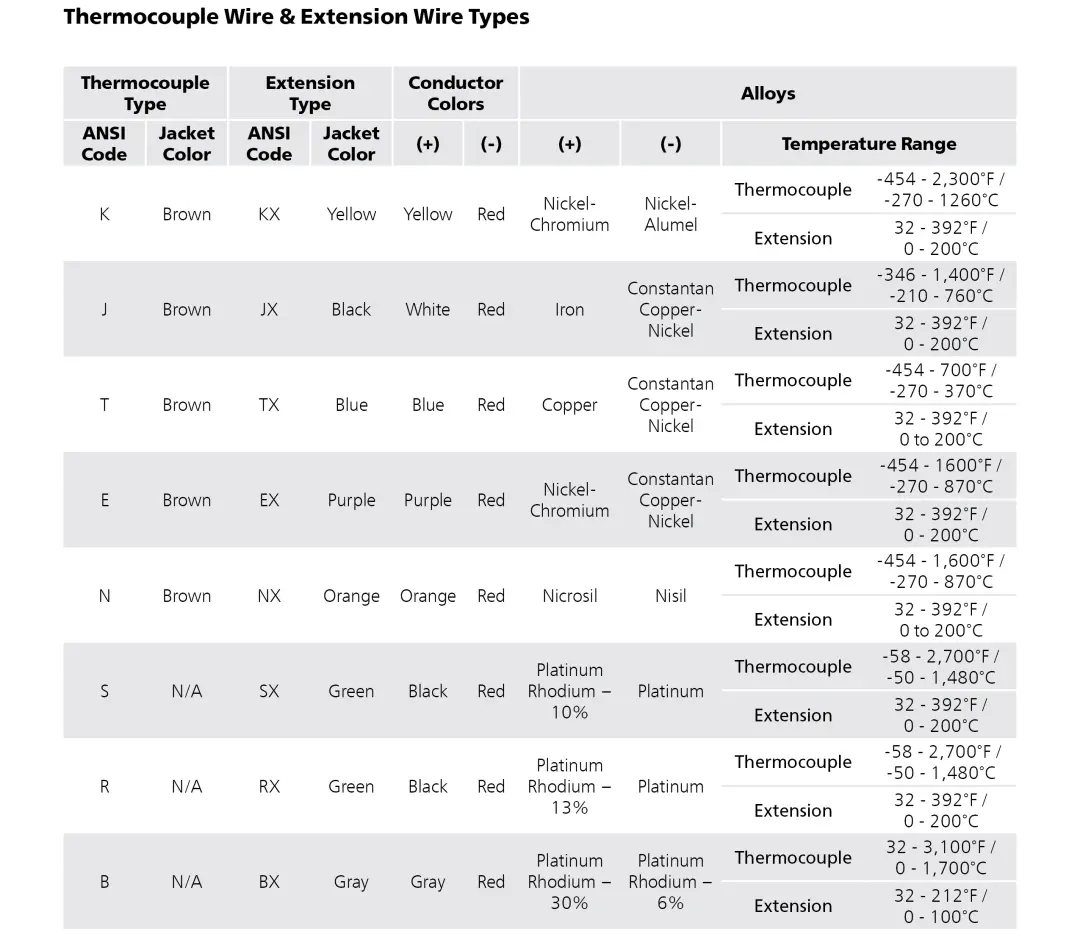Q&A With HELU: Oil & Gas Instrumentation Cables

Reliable data transmission is a must, even under the most extreme mechanical and environmental conditions such as those found in the oil and gas industry. Cables must be versatile to perform whether it is on a ship at sea or in a refining plant on land. Instrumentation cables are the backbone to keeping the industry’s sophisticated machines online and operating at peak performance. Regional Sales Manager Andrew Gill answers some of the questions he hears in the field regarding these low-voltage cables.
Q: What is an instrumentation cable and how is it used in the oil and gas sector?
A: Instrumentation cables are multi-conductor cables, typically constructed using pair, triad or quad conductor configurations that transmit low-voltage signals used for monitoring or controlling electrical power systems and processes such as transmitting measurement data on temperature, pressure or flow rate. They can also be used to control valves, temperature regulators and pilot lamps. All these functions are critical to on- and offshore oil and gas applications.
Q: What is the difference between an instrumentation cable and a control cable?
A: Instrumentation cable is a subset of control cable. The distinction is that instrumentation cables are shielded, low-voltage cables intended for the transmission of measurement and control signals while the broader class of control cables are designed for systems with desired behaviors.

Q: What are some of the insulation and jacket compounds used in instrumentation cables?
A: Insulation and jacket compounds vary and include standard polyvinyl chloride (PVC), and cross-linked polyethylene (XLPE) as well as zero-halogen compounds. PVC compounds are used for their self-extinguishing and flame-retardant properties as well as their resistance to oil, moisture, abrasions, and UV radiation. XLPE shares many of the same benefits as PVC along with self-extinguishing properties, however, XLPE has zero halogens and produces very low smoke in the event of a fire. Furthermore, XLPE-insulated cables are low capacitance for enhanced data transmission over long runs since the distances between the control room and the component to be controlled (such as a valve, control lamp or sensor) can be very long.For high-temperature applications, glass fiber jackets are commonly used due to their excellent heat resistance. They are also flame resistant and can be used as a protective overbraid for cables using silicone rubber insulation.
Q: Why are instrumentation cables shielded?
A: Large machines and motors in industrial environments create a lot of electromagnetic interference (EMI), referred to as noise. This noise can distort the signals transmitted between equipment, which may lead to false readings. Measurement data must be accurate, especially in such a volatile industrial environment. Therefore, instrumentation cables are shielded using either metal tape, foil or braided shields to prevent the EMI generated from other cables and motors from affecting these sensitive, low-voltage signal transmissions. Shields are applied in one of two ways:
- Only on the overall cable (OS)
- Individually over the pairs, triads or quads, with another shield on the overall cable (IOS)

Q: What approvals do instrumentation cables need to be used in the oil and gas market?
A: Some of the approvals that govern the use of instrumentation cables in the oil and gas market include but are not limited to EN-50288-7 (European), PAS 5308 (British, also known as BS5308), and UL 13 (United States). For applications at sea, approvals such as the American Bureau of Shipping (ABS), Bureau Veritas (BV), Det Norske Veritas (now Llyod’s) and Germanischer Lloyd (DNV-GL), Lloyd’s Register (LR), Nippon Kaiji Kyokai (NK), United States Coast Guard (USCG), and Transport Canada Maritime Safety (TC) might be needed depending on where the application is located aboard the vessel.
Q: Where do thermocouple and RTD cables fall into the spectrum of instrumentation cables?
A: Thermocouples and resistance temperature detectors (RTDs) are instrumentation cables that are used to transmit temperature measurements within an application.
From a construction standpoint, thermocouples are paired cables constructed with positive and negative conductors made from dissimilar metals, depending on the type. The types, e.g. J, K, T, E, S or B, vary based on the application they are used in due to the temperature range each can withstand. RTDs come in pairs, triads, and quads based on the RTD being used and the number of devices being monitored. They are used in lower-temperature applications and are preferred because of their simpler operation and enhanced sensitivity.
In terms of temperature, thermocouples can reach up to 3,100°F/1,704°C while RTDs have a limit of 600°F/316°C; extended-range RTDs are limited to 1,100°F/593°C.
Finally, thermocouples have a faster response time since they are grounded and have a smaller jacket diameter. RTDs tend to be more accurate, especially at lower temperatures.
A summary of thermocouple types is located below.

ARTICLE DOWNLOAD
Click here to view this article in our digital download center.
